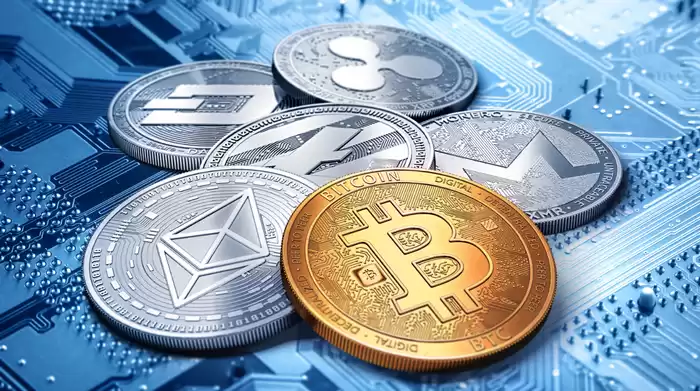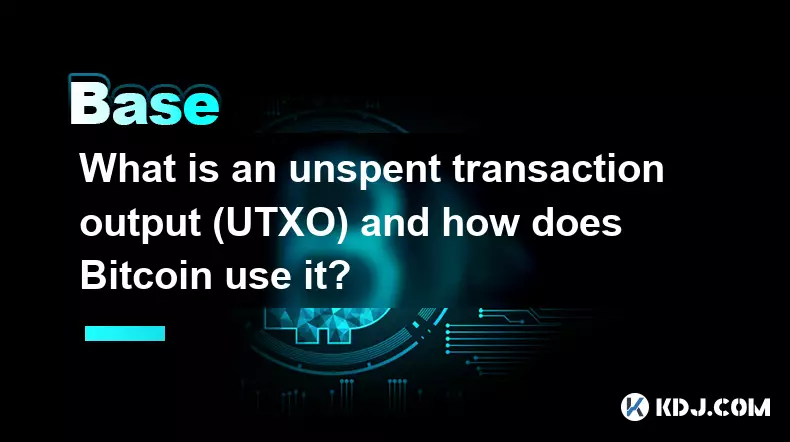-
 bitcoin
bitcoin $95203.028270 USD
-4.12% -
 ethereum
ethereum $3151.730711 USD
-1.61% -
 tether
tether $0.999170 USD
-0.04% -
 xrp
xrp $2.273039 USD
-1.55% -
 bnb
bnb $924.288432 USD
0.14% -
 solana
solana $141.112899 USD
-2.02% -
 usd-coin
usd-coin $0.999964 USD
0.02% -
 tron
tron $0.293976 USD
0.82% -
 dogecoin
dogecoin $0.160772 USD
-1.84% -
 cardano
cardano $0.506357 USD
-3.90% -
 hyperliquid
hyperliquid $37.900515 USD
0.03% -
 zcash
zcash $644.358451 USD
26.66% -
 chainlink
chainlink $14.062007 USD
-2.60% -
 bitcoin-cash
bitcoin-cash $484.381072 USD
-5.12% -
 unus-sed-leo
unus-sed-leo $9.199874 USD
0.27%
What does Burning Crypto mean? Learn about Burning Crypto in one article
Cryptocurrency burning, achieved by intentionally removing tokens from circulation, is used by blockchain projects to reduce supply, create scarcity, optimize tokenomics, and foster community engagement.
Nov 04, 2024 at 12:16 am

Cryptocurrency burning refers to the intentional destruction of a specific number of crypto tokens from its total supply. This is achieved by sending the tokens to an unspendable address, effectively removing them from circulation.
2. Purposes of Crypto BurningCrypto burning is commonly used by blockchain projects for various purposes:
- Supply Reduction: Burning tokens reduces the available supply, potentially increasing the value of remaining tokens.
- Scarcity Creation: Burning tokens creates artificial scarcity, which can enhance desirability and drive up prices.
- Tokenomics Optimization: Burning can adjust a token's economics, influencing its distribution, inflation rate, and reward mechanisms.
- Community Control: Developers may use burning to burn their own tokens, reducing their overall holdings and demonstrating their commitment to decentralization.
- Manual Burning: Developers manually initiate a transaction to send tokens to an unspendable address.
- Protocol-Based Burning: Certain protocols, such as Ethereum's EIP-1559, implement a burning mechanism that automatically removes a portion of transaction fees from circulation.
- Increased Value: Reducing supply can potentially increase the value of remaining tokens.
- Reduced Inflation: Burning tokens limits oversupply, reducing inflationary pressures.
- Network Maintenance: Protocol-based burning can help maintain network stability and regulate gas prices.
- Community Engagement: Burning tokens can demonstrate transparency, foster community trust, and incentivize long-term token holders.
- Inflationary Projects: Burning tokens may not be suitable for highly inflationary cryptocurrencies as the rate of creation can outpace the burning.
- Centralization: Developers holding a significant portion of tokens and burning them can raise concerns about centralization.
- Market Manipulation: Burning tokens with the intention of manipulating prices can be considered unethical and illegal.
Cryptocurrency burning is a powerful tool used by blockchain projects to achieve various objectives, including supply reduction, scarcity creation, tokenomics optimization, and community control. While it can be beneficial, it's important to consider the potential consequences and ensure burning aligns with the project's goals and ethical standards.
Disclaimer:info@kdj.com
The information provided is not trading advice. kdj.com does not assume any responsibility for any investments made based on the information provided in this article. Cryptocurrencies are highly volatile and it is highly recommended that you invest with caution after thorough research!
If you believe that the content used on this website infringes your copyright, please contact us immediately (info@kdj.com) and we will delete it promptly.
- Chang Tso-Lin, Warlord, Portrait: A Rare Coin's Journey to Auction
- 2025-11-16 02:55:01
- ZAR Supercoin Lands on Luno: A Stablecoin Game Changer for South Africa?
- 2025-11-16 02:50:01
- Hedera, Bitcoin, BTCFi: WBTC Integration Sparks DeFi Evolution
- 2025-11-16 00:05:01
- Shanklin Veterans Get a Pre-Christmas Treat: A Heartwarming Gathering
- 2025-11-15 23:25:01
- Zero Knowledge Proof (ZKP): Revolutionizing Crypto Presales with Fairness and Transparency
- 2025-11-15 23:25:01
- SEC, Crypto Assets, and Classification: A New York Minute on Regulation
- 2025-11-15 23:20:01
Related knowledge

What is the difference between a transparent and a shielded transaction?
Nov 10,2025 at 05:59pm
Understanding Transparent Transactions in Cryptocurrency1. Transparent transactions are the standard form of transaction on most public blockchains li...

What is a "crypto airdrop farmer" and what strategies do they use?
Nov 09,2025 at 03:39pm
What Is a Crypto Airdrop Farmer?1. A crypto airdrop farmer is an individual who actively participates in blockchain projects to qualify for free token...

What is an unspent transaction output (UTXO) and how does Bitcoin use it?
Nov 12,2025 at 01:40am
Understanding the Concept of Unspent Transaction Output (UTXO)1. An Unspent Transaction Output, commonly referred to as UTXO, is a fundamental compone...

What is a "governance attack" and how can a DAO be compromised?
Nov 14,2025 at 05:59am
Understanding Governance Attacks in Decentralized Autonomous Organizations1. A governance attack occurs when an individual or group gains disproportio...

How do you track a crypto portfolio across multiple wallets and chains?
Nov 12,2025 at 04:19pm
The Evolution of Decentralized Exchanges in the Crypto Ecosystem1. Decentralized exchanges (DEXs) have transformed how users trade digital assets by r...

What is a "rug pull" clause in a smart contract and how can you spot it?
Nov 14,2025 at 11:40pm
Understanding the Concept of a Rug Pull in Decentralized Finance1. A rug pull refers to a malicious act in the cryptocurrency space where developers a...

What is the difference between a transparent and a shielded transaction?
Nov 10,2025 at 05:59pm
Understanding Transparent Transactions in Cryptocurrency1. Transparent transactions are the standard form of transaction on most public blockchains li...

What is a "crypto airdrop farmer" and what strategies do they use?
Nov 09,2025 at 03:39pm
What Is a Crypto Airdrop Farmer?1. A crypto airdrop farmer is an individual who actively participates in blockchain projects to qualify for free token...

What is an unspent transaction output (UTXO) and how does Bitcoin use it?
Nov 12,2025 at 01:40am
Understanding the Concept of Unspent Transaction Output (UTXO)1. An Unspent Transaction Output, commonly referred to as UTXO, is a fundamental compone...

What is a "governance attack" and how can a DAO be compromised?
Nov 14,2025 at 05:59am
Understanding Governance Attacks in Decentralized Autonomous Organizations1. A governance attack occurs when an individual or group gains disproportio...

How do you track a crypto portfolio across multiple wallets and chains?
Nov 12,2025 at 04:19pm
The Evolution of Decentralized Exchanges in the Crypto Ecosystem1. Decentralized exchanges (DEXs) have transformed how users trade digital assets by r...

What is a "rug pull" clause in a smart contract and how can you spot it?
Nov 14,2025 at 11:40pm
Understanding the Concept of a Rug Pull in Decentralized Finance1. A rug pull refers to a malicious act in the cryptocurrency space where developers a...
See all articles










































































